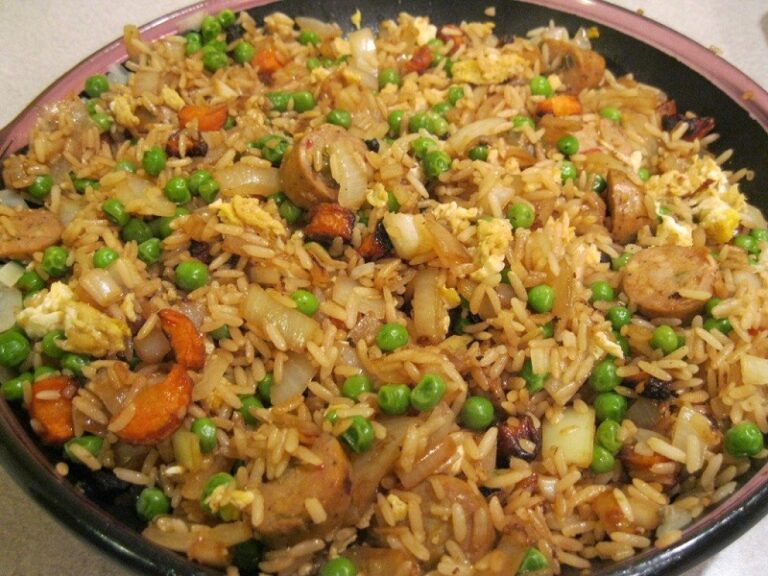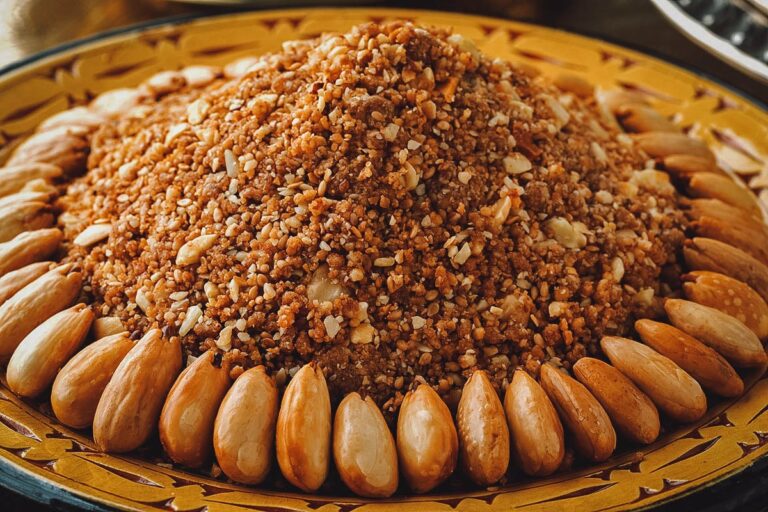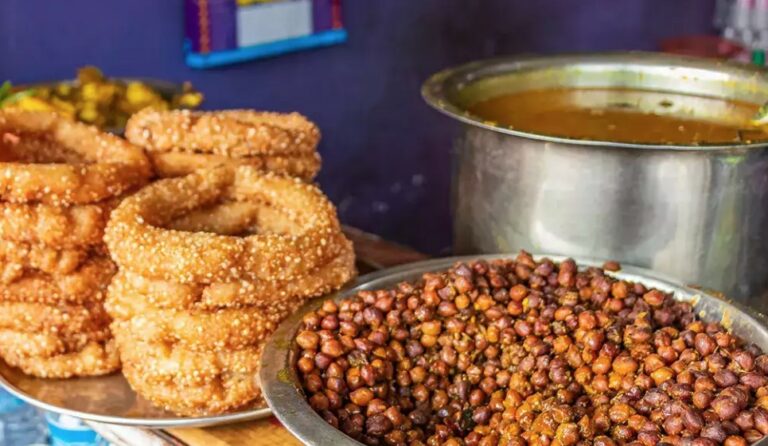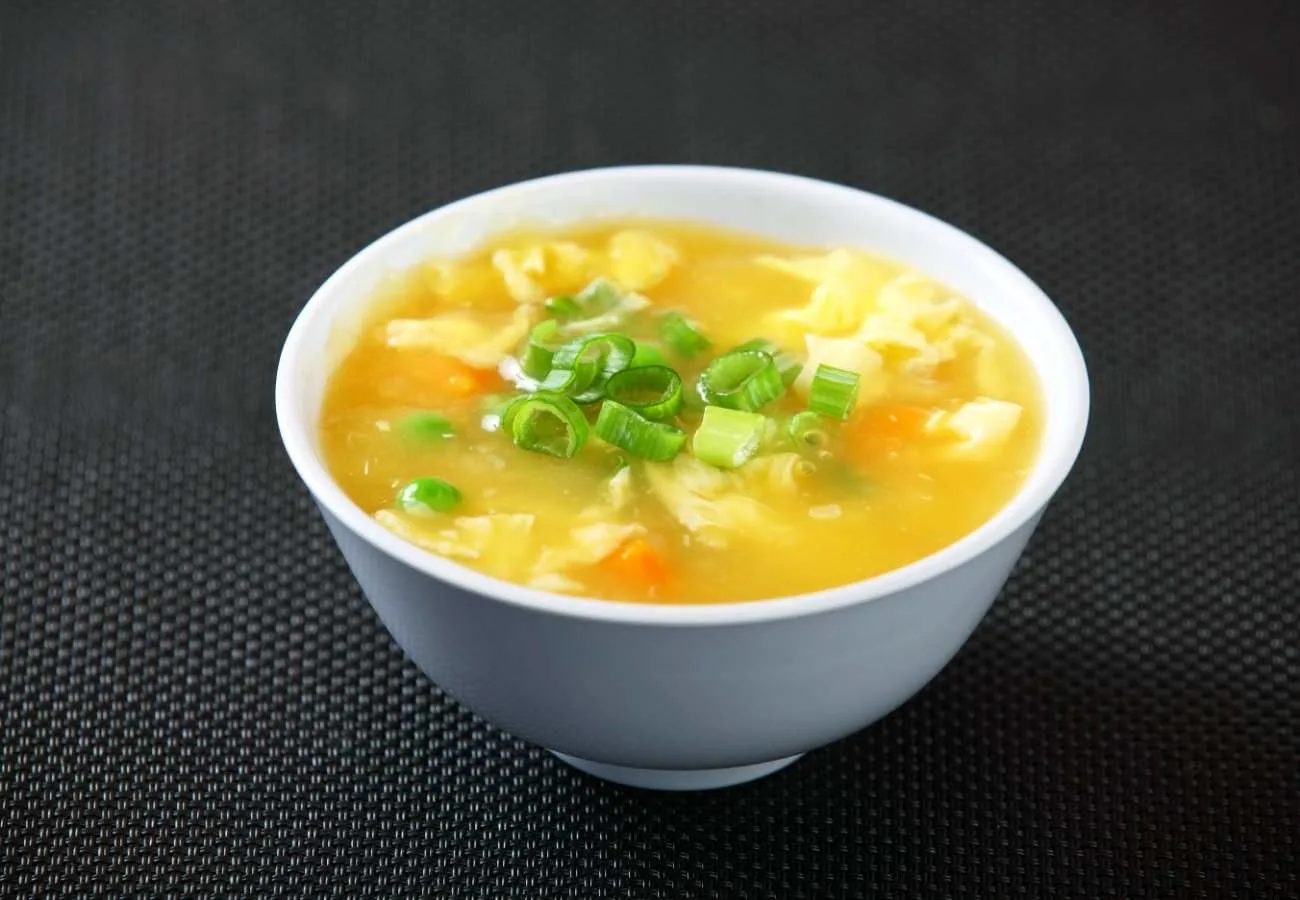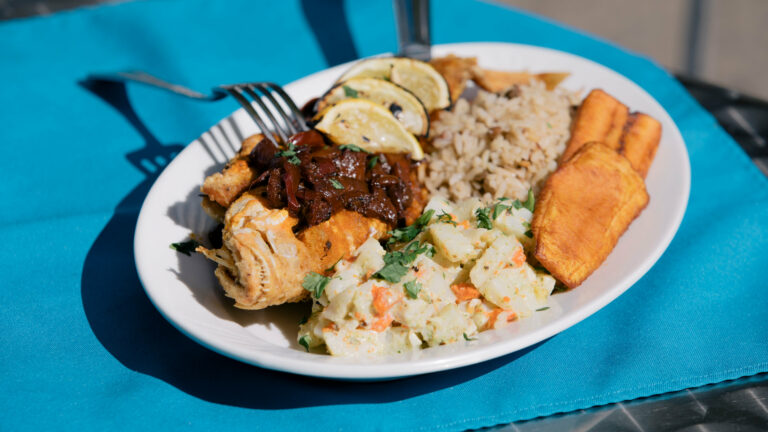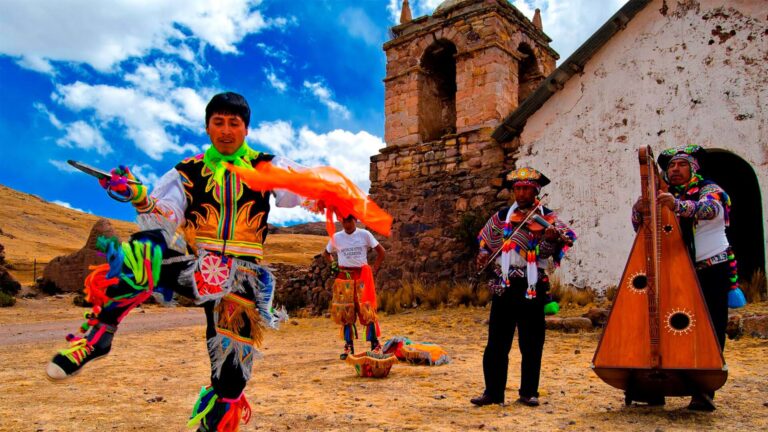Whether braised, grilled or gratinated: You can prepare aubergines in a wide variety of ways.
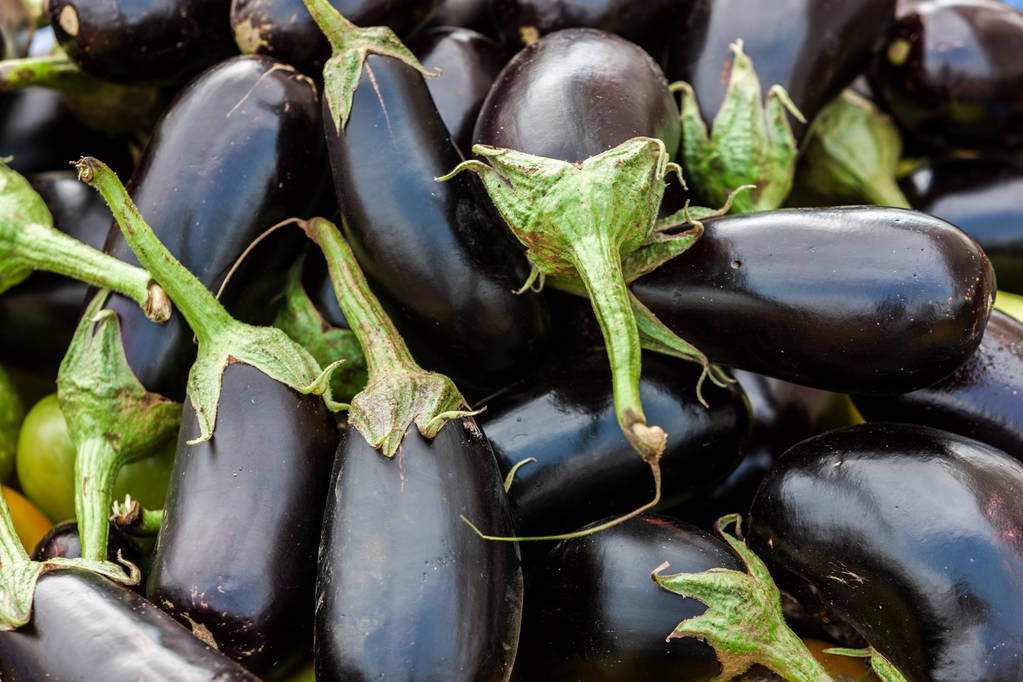
Preparing eggplants: the basics
You can cook aubergines in a variety of ways, but you cannot eat them raw. Like other nightshade plants, aubergines contain small amounts of the neurotoxin solanine. If you eat large amounts of raw eggplant, you can get gastrointestinal problems, among other things. Since the solanine content decreases as the eggplant ripens, you should only use ripe fruit if possible. They also taste less bitter.
Before preparing your eggplants, you should wash them well and cut off the ends. Many recipes then recommend chopping the aubergines, sprinkling them with salt and letting them soak for 30 minutes. There are two arguments for this:
The salt extracts the bitter substances from the aubergines.
The salt extracts the liquid from the aubergines and ensures that they then absorb less fat.
However, modern breeds hardly contain any bitter substances. For this reason, you don’t necessarily have to let the aubergines soak in the water. However, if you don’t steep the water, you’ll need a little more oil for the eggplants, and they’ll take longer to soften.
If you decide to steep the water, remember to drain the salt from the eggplants, drain the excess water, and pat the eggplants dry afterwards.
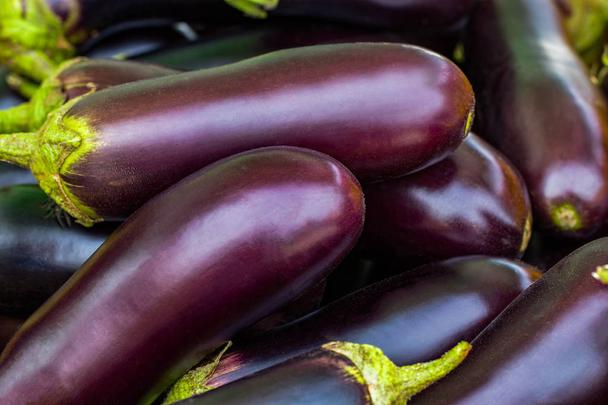
Ideas for preparing eggplant
Since aubergines have relatively little taste of their own, you should always season them well. Mediterranean herbs, garlic, ginger or curry go wonderfully with aubergines. Oil, for example olive oil, is an additional flavor carrier.
Here are some ideas on how to prepare eggplant:
You can grill aubergines: cut them into slices, brush them with oil, season them with salt and pepper and grill them on both sides. Alternatively, you can place the aubergine slices on a greased tray and bake in the oven at 180 degrees with the grill function for about 30 minutes (turn them halfway through) until they are soft. Garlic, lemon juice, herbs and a fresh yoghurt sauce go well with it. Or you let the vegetables cool down and put them in – then you get delicious antipasti.
You can also use the grilled or baked aubergines to make an aubergine cream.
Braised together with peppers, tomatoes and zucchini, eggplant makes a delicious ratatouille. You can eat this with potatoes, rice or bread or use it as a filling for a delicious vegetarian lasagna or quiche.
Another classic oven dish is moussaka. In the original, the Greek aubergine casserole is prepared with meat, but it tastes just as good vegetarian or vegan.




